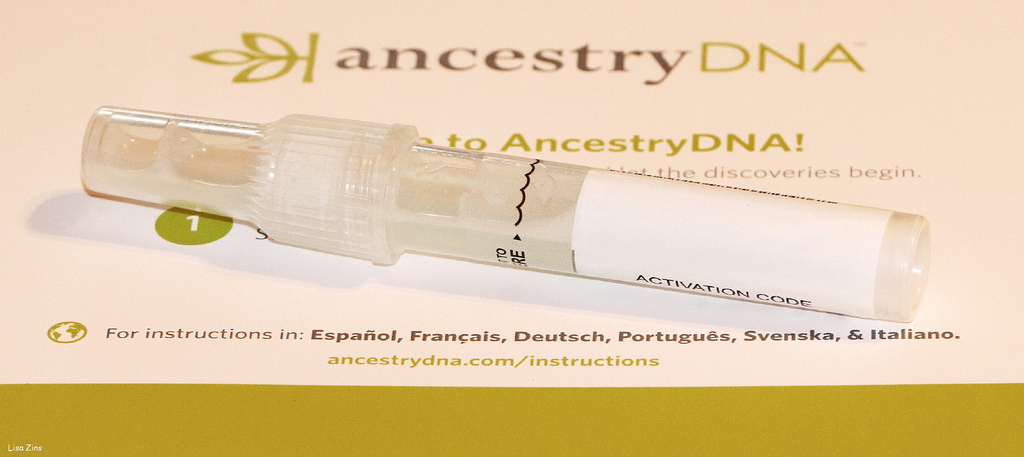States Are Toughening Up Privacy Laws for At-Home DNA Tests
By Emily Mullin,
Wired
| 10. 21. 2021
IF YOU’VE EVER spit into a plastic tube or swabbed your cheek and mailed your saliva away to learn about your ancestry or health risks, you might have assumed that the company analyzing your DNA is legally required to keep your genetic data private. But you’d be wrong.
The Health Insurance Portability and Accountability Act, known as HIPAA, protects individuals’ medical information when it's handled by doctors, hospitals, and health insurance companies. This applies to genetic tests ordered by your doctor but not to those you can buy online directly from companies like 23andMe and Ancestry because these kits aren’t considered medical tests. As a result, the companies have largely operated in a legal gray area. Firms write their own privacy policies that customers agree to when they purchase a kit, but the companies can change these policies at any time.
That’s a problem, since genetic data can reveal all sorts of sensitive information about you—your ethnicity, your family connections, and even your likelihood of developing Alzheimer’s disease or certain cancers. Law enforcement officers are increasingly using consumer...
Related Articles
By Josie Ensor, The Times | 12.09.2025
A fertility start-up that promises to screen embryos to give would-be parents their “best baby” has come under fire for a “misuse of science”.
Nucleus Genomics describes its mission as “IVF for genetic optimisation”, offering advanced embryo testing that allows...
By Hannah Devlin, The Guardian | 12.06.2025
Couples undergoing IVF in the UK are exploiting an apparent legal loophole to rank their embryos based on genetic predictions of IQ, height and health, the Guardian has learned.
The controversial screening technique, which scores embryos based on their DNA...
By Frankie Fattorini, Pharmaceutical Technology | 12.02.2025
Próspera, a charter city on Roatán island in Honduras, hosts two biotechs working to combat ageing through gene therapy, as the organisation behind the city advertises its “flexible” regulatory jurisdiction to attract more developers.
In 2021, Minicircle set up a...
By Vardit Ravitsky, The Hastings Center | 12.04.2025
Embryo testing is advancing fast—but how far is too far? How and where do we draw the line between preventing disease and selecting for “desirable” traits? What are the ethical implications for parents, children, clinicians, and society at large? These...




